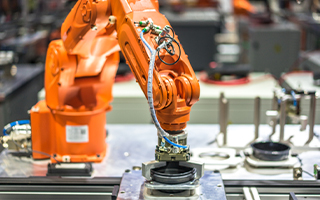Please submit the following details to download this asset.
AI Networking: Pioneering the Future of Enterprise Network Operations
The year 2023 has seen significant advancements in AI technology, notably with OpenAI’s ChatGPT. However, challenges remain, particularly in conversational applications. AI Networking is emerging as a key technology to optimize network operations, improve performance, and enhance security. It leverages AI algorithms for real-time data processing, automating tasks, and reducing human errors.
Despite its benefits, AI Networking is considered high-risk due to potential issues like cybersecurity risks and high costs. Successful implementation requires careful selection of technology and skilled professionals. Microland’s Intelligeni NetOps Platform exemplifies a platform-first approach, integrating AI capabilities to enhance network performance and security while promoting a zero-trust methodology.
Please submit the following details to download this asset.

















